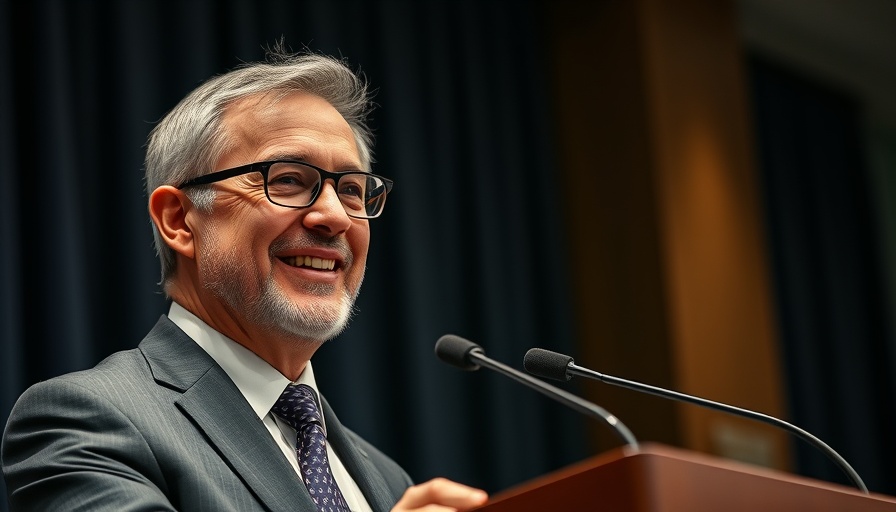
Local Volunteers Needed for Tree Census – A Unique Opportunity for NYC Residents
The countdown is on for New York City’s much-anticipated 2025 tree census, an initiative that's been part of the city’s environmental fabric since 1995. As part of its ongoing tradition, the NYC Parks Department calls upon local volunteers to engage in a hands-on project that not only tracks the city’s tree population but also fosters community involvement and environmental stewardship.
What’s at Stake? The Benefits of Trees and Community Engagement
Trees are not just a backyard aesthetic; they are vital to urban environments. As the NYC Parks Department highlights, trees play an essential role in carbon capture, boosting air quality, and managing stormwater. With a staggering $151.2 million in annual benefits attributed to these green giants, the tree census is key in identifying areas that desperately need tree planting and care.
How Volunteers Can Make a Difference
Volunteers will leverage the user-friendly mobile app, ArcGIS Field Map, to document their findings, including tree size, health, and location. Each training session will arm participants with knowledge about identifying various tree species, recognizing their health conditions, and gathering critical data like trunk circumference. It’s more than just counting trees—volunteers will become informed advocates for their green environments.
Embrace the Adventure with a Sense of Urgency
Choosing to volunteer for the 2025 tree census is an invitation to shape New York City’s ecological future. As Parks Commissioner Iris Rodriguez-Rosa puts it, this initiative presents New Yorkers with “an incredible opportunity... to help shape its future.” Every hour contributed counts toward creating healthier, more sustainable communities.
Don’t miss out on this unique chance to be a part of something meaningful. For those who are passionate about our environment, this decennial event is not just a call for action; it’s a call to create lasting impact.
 Add Row
Add Row  Add Element
Add Element 



Write A Comment